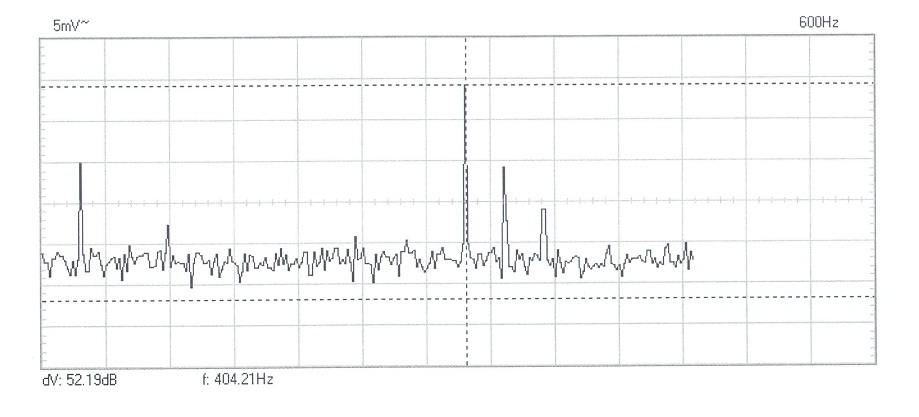 Home
Home
Decibel Measurement
Speaker Loudness (decibel level)
A sine wave signal (400 Hz or 1000 Hz) from a function generator is fed to an amplifier connected to the constructed speaker. The amplifier used in the competition is an 18 watt op amp. (Here is an example of a similar one that will work for testing). It can be powered by a 12V DC power supply or batteries. A small lead-acid 12V storage battery is ideal.
Prior to the actual testing of speakers, the resistance of each speaker to be tested is measured with an ohm meter. If any of the units have a resistance of less than 1.0 ohm, A 1.0 ohm external power resistor is inserted between the amplifier output and the speakers (all speakers) to be tested. Each speaker is placed face up, one at a time in a 30 cm X 30 cm X 30 cm box. At the top of the box a microphone is located that is connected to a PC oscilloscope with spectrum analyzer software. A vertical cursor is placed at the 400 Hz frequency and the decibel difference measured from a baseline horizontal cursor and a second horizontal cursor adjusted to the signal peak at 400 Hz is measured. The largest decibel difference determines the winner. In the event of a tie, the measurements will be repeated with a 1000 Hz signal.

College of Saint Benedict
Saint John’s University
Jim Crumley
Chair, Physics Department
SJU PEngl 107
Physics Department
320-363-3183